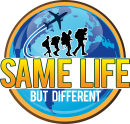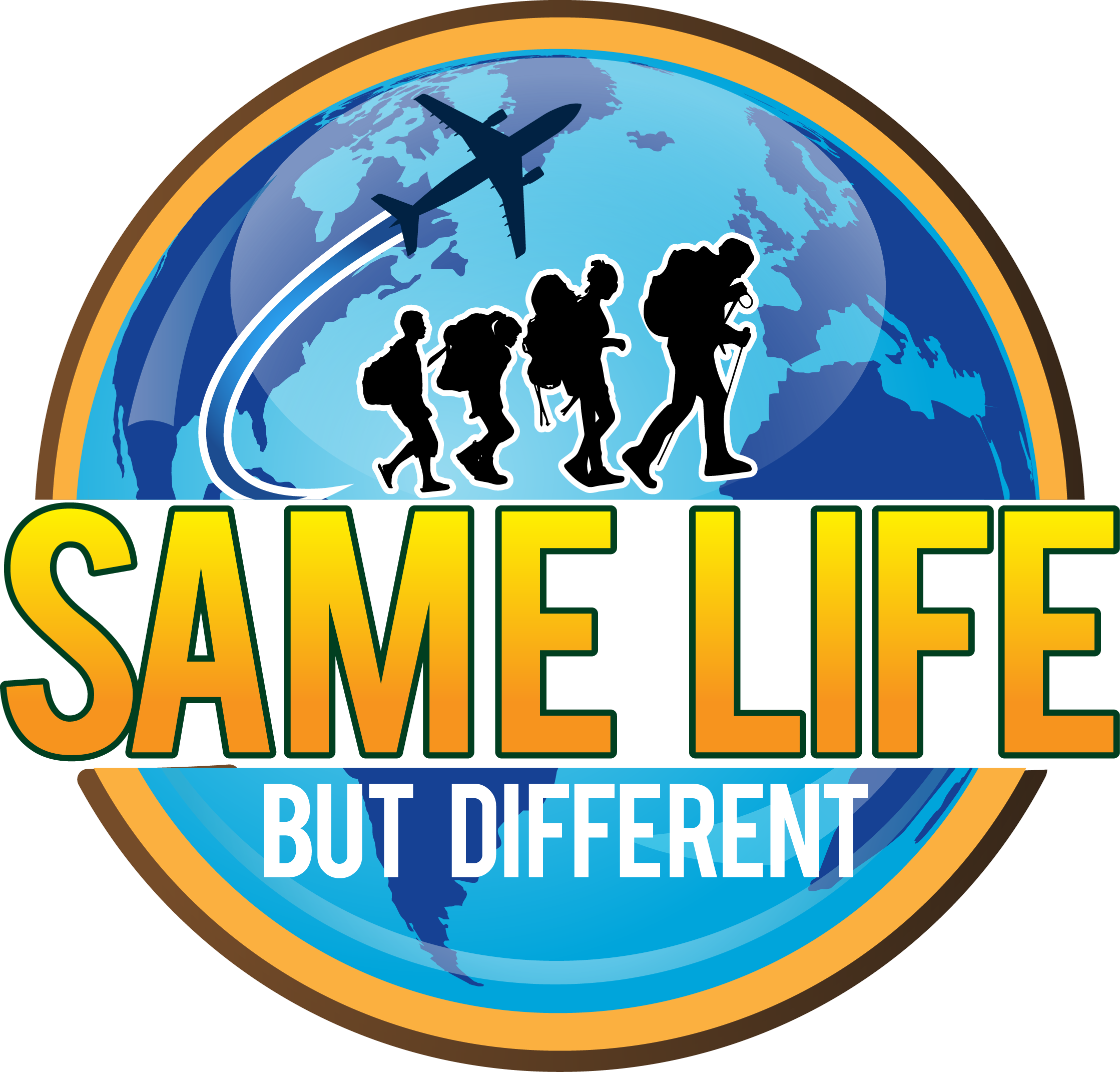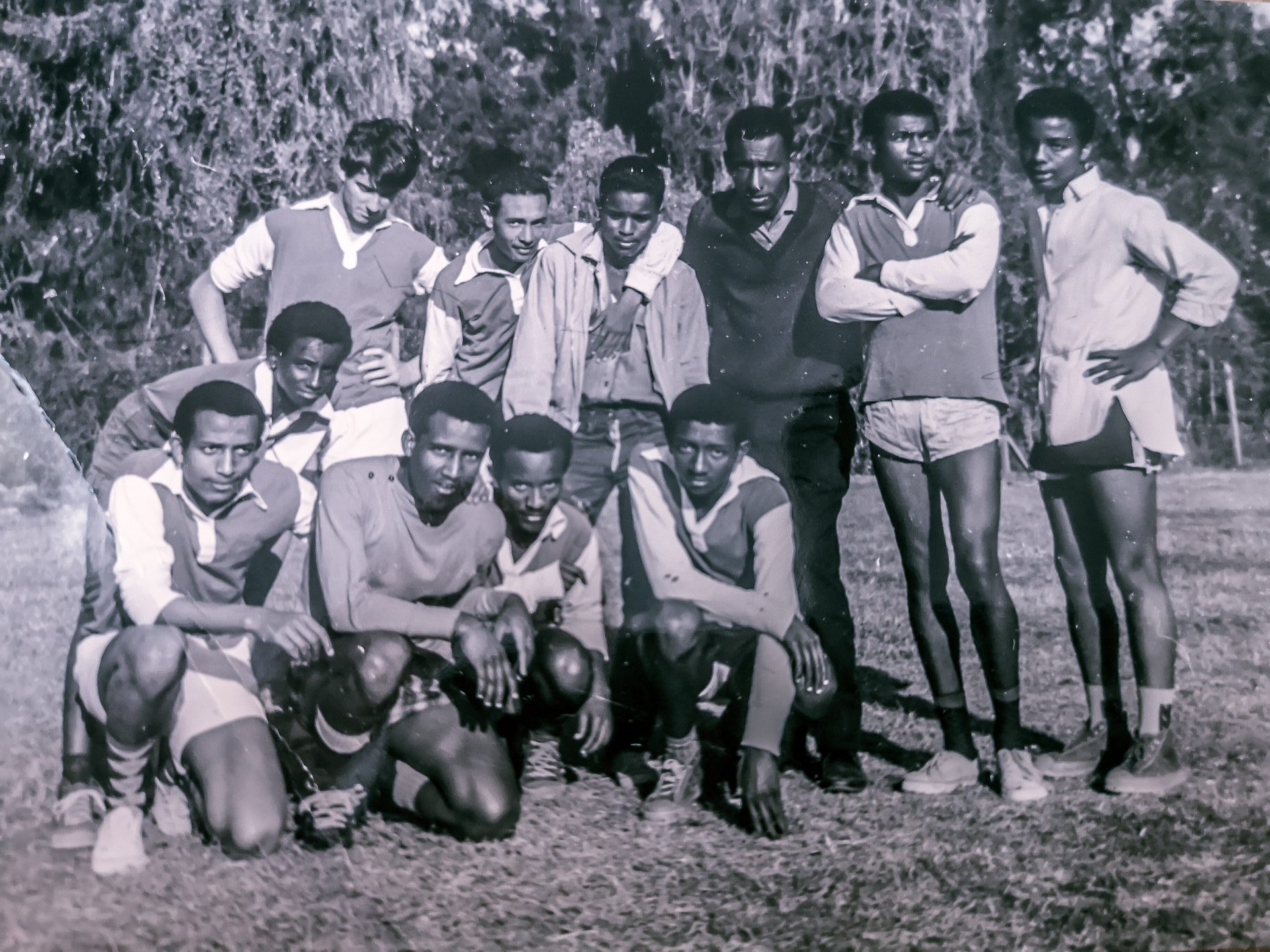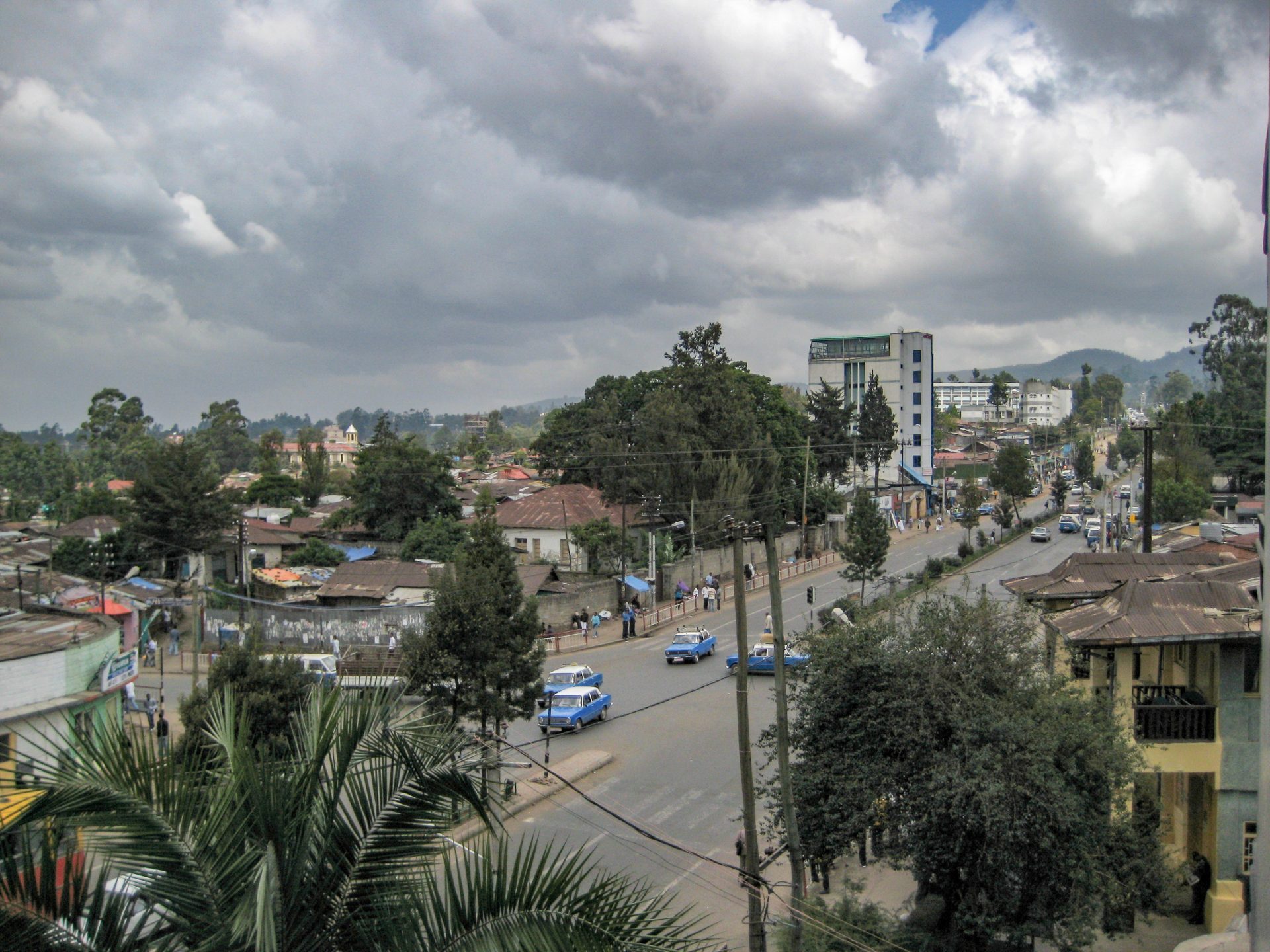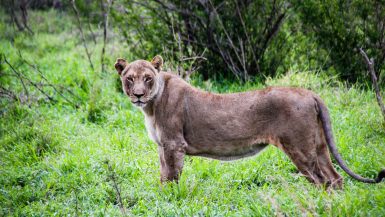Coming back
The young man to the left in the photo, and somewhat paler than the rest of the soccer team, is my father. The year is 1961 and he was 16 years old.
He, and the rest of his family, lived in Ethiopia for eight years while my grandfather was working as the chief pediatrician for SIDA at the Ethio-Swedish Pediatric Clinic (ESPC) in Addis Ababa. My grandfather, whom I sadly never met, died a few years later in a tragic car accident while visiting the neighboring country of Uganda.
48 years later, coinciding with my fathers 64:th birthday, we decided to go on a family trip and visit some of the places where he grew up. In many ways it came to be both an emotional and fascinating return.
Addis Ababa
Addis Ababa (or Abeba) is the capital of Ethiopia. This is the natural first stop for the majority of tourists visiting Ethiopia as the Bole International Airport is the most common way of entering the country.
Not many choose to visit Addis Ababa though as they merely use it as a hub to explore other parts of the country. It is understandable in some way as the first impression of Addis is that is feels worn out, poor and really not excessively attractive at all.
But even though there are many more beautiful places to see around Ethiopia it is not a bad idea to spend an extra day or two here as there is actually quite a lot to see and do.
World class running
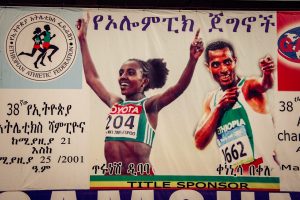 Some of the world’s best runners origin from Ethiopia, and many of them train in the outskirts of Addis Ababa as the high altitude training is a magnificent recipe for endurance and success.
Some of the world’s best runners origin from Ethiopia, and many of them train in the outskirts of Addis Ababa as the high altitude training is a magnificent recipe for endurance and success.
Elite athletes as Haile Gebrselassie and Kenenisa Bekele have all been running in the hills surrounding the capital so we went for a drive to have a look.
High altitude
Being one of the world’s highest capitals, at 2 355 meters above sea level, Addis gets your pulse running straight away. Hiking is a popular activity for many Ethiopian tourists and the close by hills of Mount Entoto is an excellent warm up.
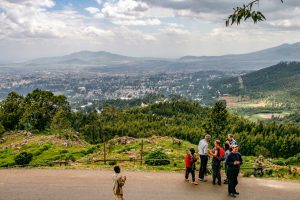
About an hour’s drive from the city center will get you up to the top of the hill. From there we had fantastic views over the city beneath us. After staying a while enjoying the views we started driving back down again.
We stopped halfway for some photos. Some young kids suddenly popped out from nowhere and wanted to sell us some Meskel flowers.
Curious and friendly and with way too big shoes, they stayed with us during our stop. We bought some flowers from them and they got to learn about how our cameras worked.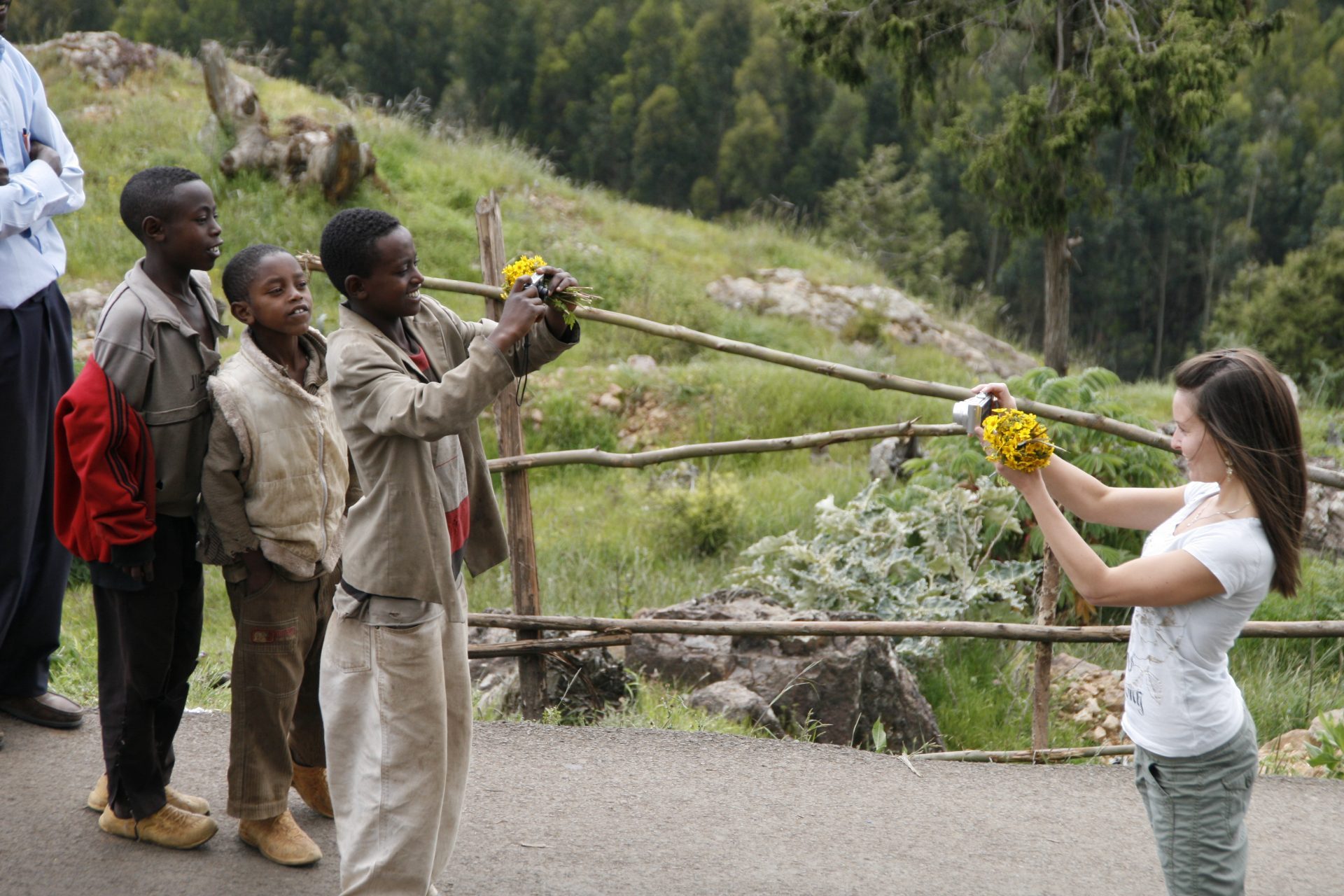
The Lion of Judah
Taking a day tour around Addis could also include a visit to the tomb of the last emperor of Ethiopia, Haile Selassie. He rests in the Holy Trinity Cathedral beside his wife.
Haile Selassie was not only the last emperor of Ethiopia, he is also seen as the Rastafari Messiah and is worshipped as God incarnate among followers of the Rastafari movement. He had the title “The Lion of Judah”, and the lion symbol of the Rastafari flag represents Haile Selassie himself.
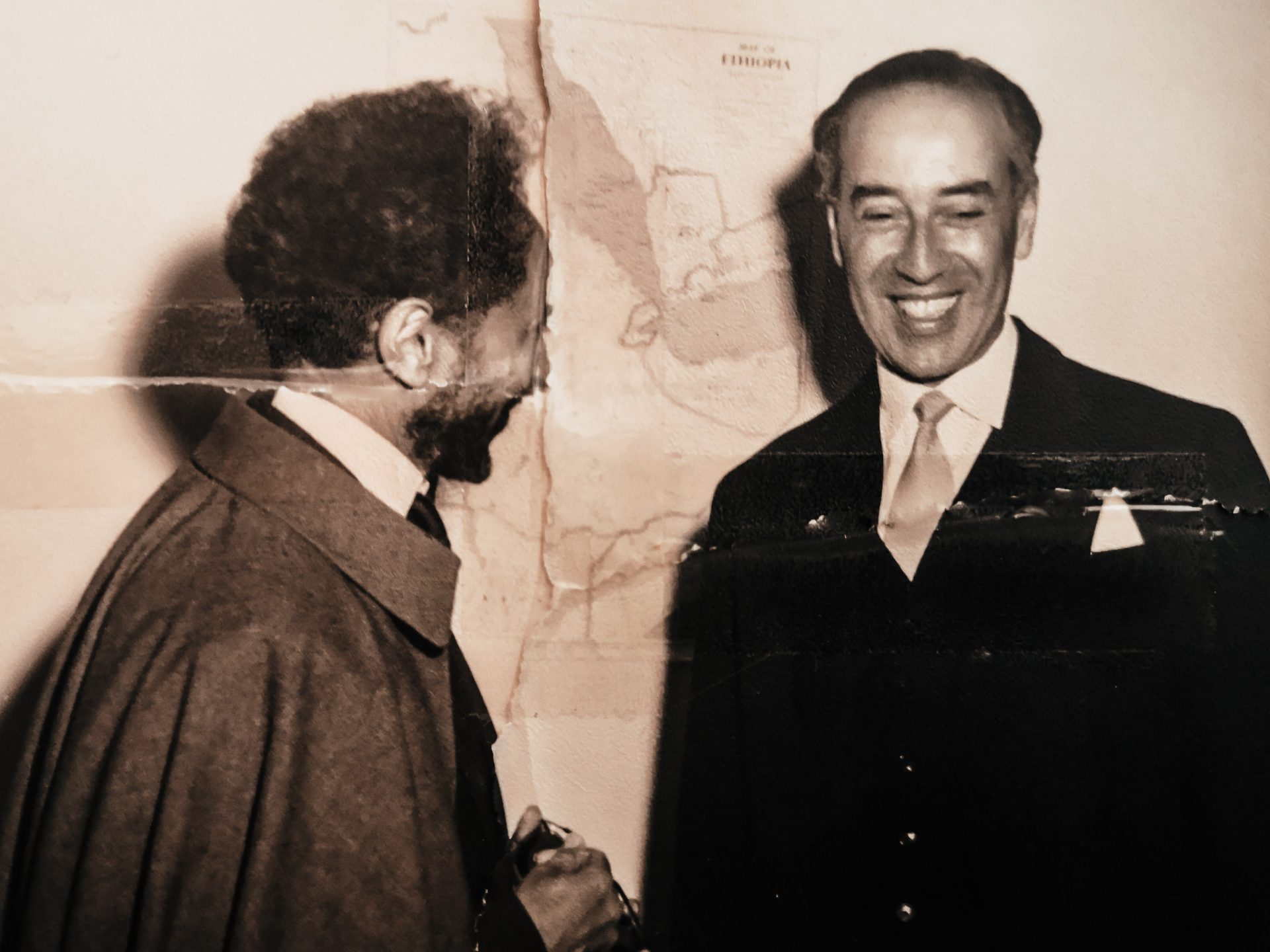
Jamaica
The importance of him among Jamaican Rastafari’s is clearly visible in many ways. They celebrate their Grounation Day (April 21) in honor of Haile Selassie’s visit to Jamaica in 1966, and “Iron Lion Zion”, the famous Bob Marley song, refers to Haile Selassie.
The colors of the Ethiopian and the Rastafari flag are also the same, and used by the Rastafari followers all over the world.
Repatriation
The small town of Shashemane, 240 km south of Addis Ababa, is still home to a community of Rastafari’s.
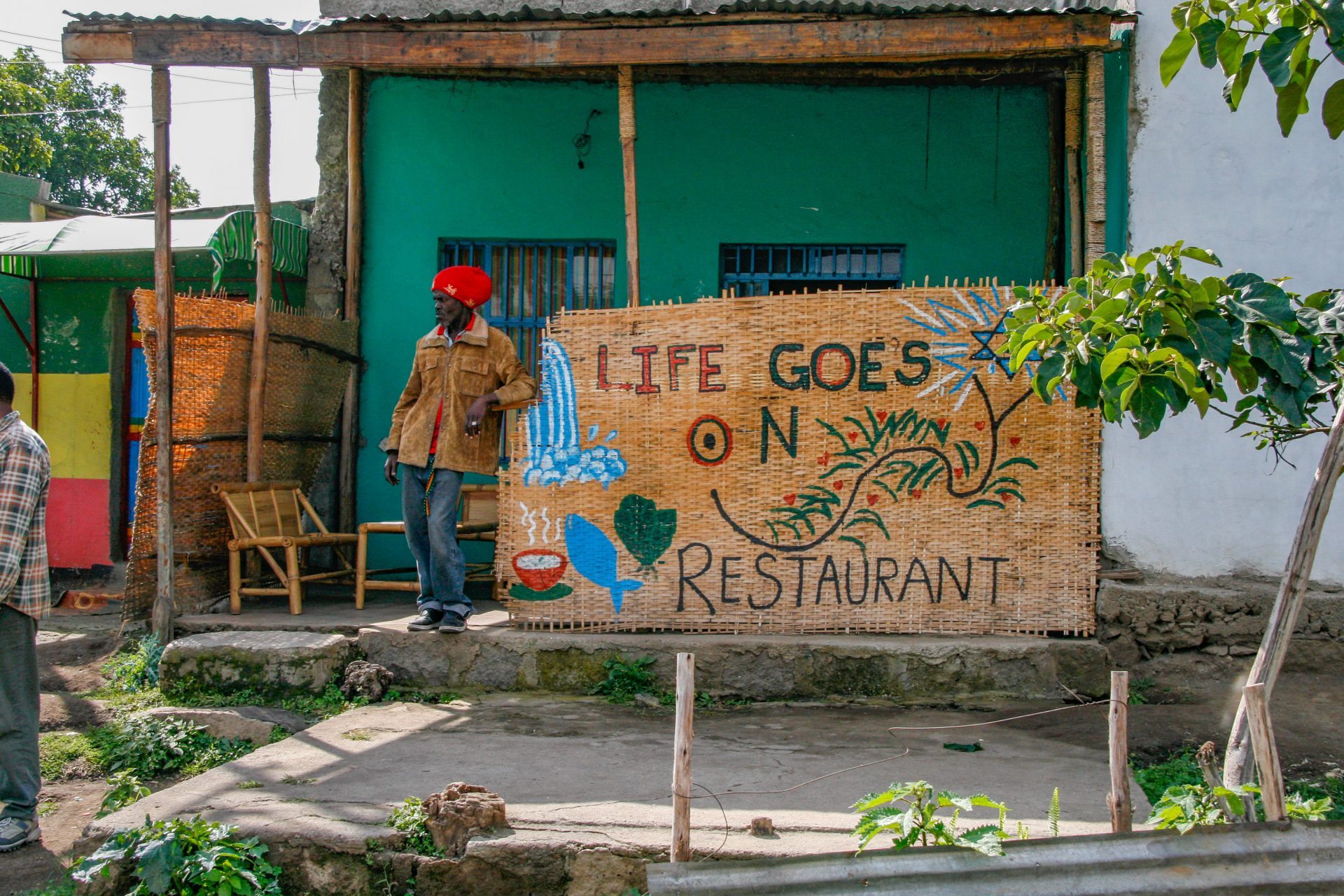 Some of these Rastafari’s are repatriated Jamaicans that moved to Ethiopia during the late 50’s after Haile Selassie gave land to Afro-descendants that wanted to move back to Africa.
Some of these Rastafari’s are repatriated Jamaicans that moved to Ethiopia during the late 50’s after Haile Selassie gave land to Afro-descendants that wanted to move back to Africa.
What is the birthplace of humankind?
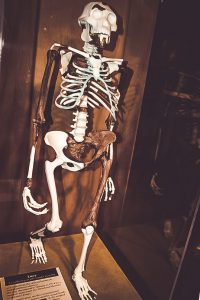 Undoubtedly, this is a very disputed question. One thing is clear though. Ethiopia is home to some of the oldest human relative findings ever discovered.
Undoubtedly, this is a very disputed question. One thing is clear though. Ethiopia is home to some of the oldest human relative findings ever discovered.
Lucy was an early, now extinct, ancestor (Australopithecus afarensis) to the species that we nowadays call Homo Sapiens, or the modern human.
She lived approximately some 3,2 million years ago.
Her remains were discovered in 1974 near the village of Hadar in the Awash Valley, in eastern Ethiopia.
A plastic replica of her skeleton can be seen at the National Museum of Ethiopia in Addis Ababa.
Meskel
We arrived in Addis on a Saturday and came in the belief that the big, annual, Orthodox celebration of Meskel would take place the following day. (It is always celebrated in the end of September).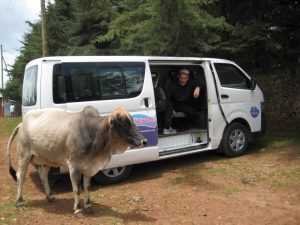
It turned out that we had done our homework poorly as the festivities were held the very same day, in just a couple of hours.
Somewhat stressed we quickly changed plans and made arrangements to get down to Meskel Square, where the feast would be held.
The hotel manager helped us book a private minibus and a guide from the hotel. The guide also turned out to be somewhat of a bodyguard.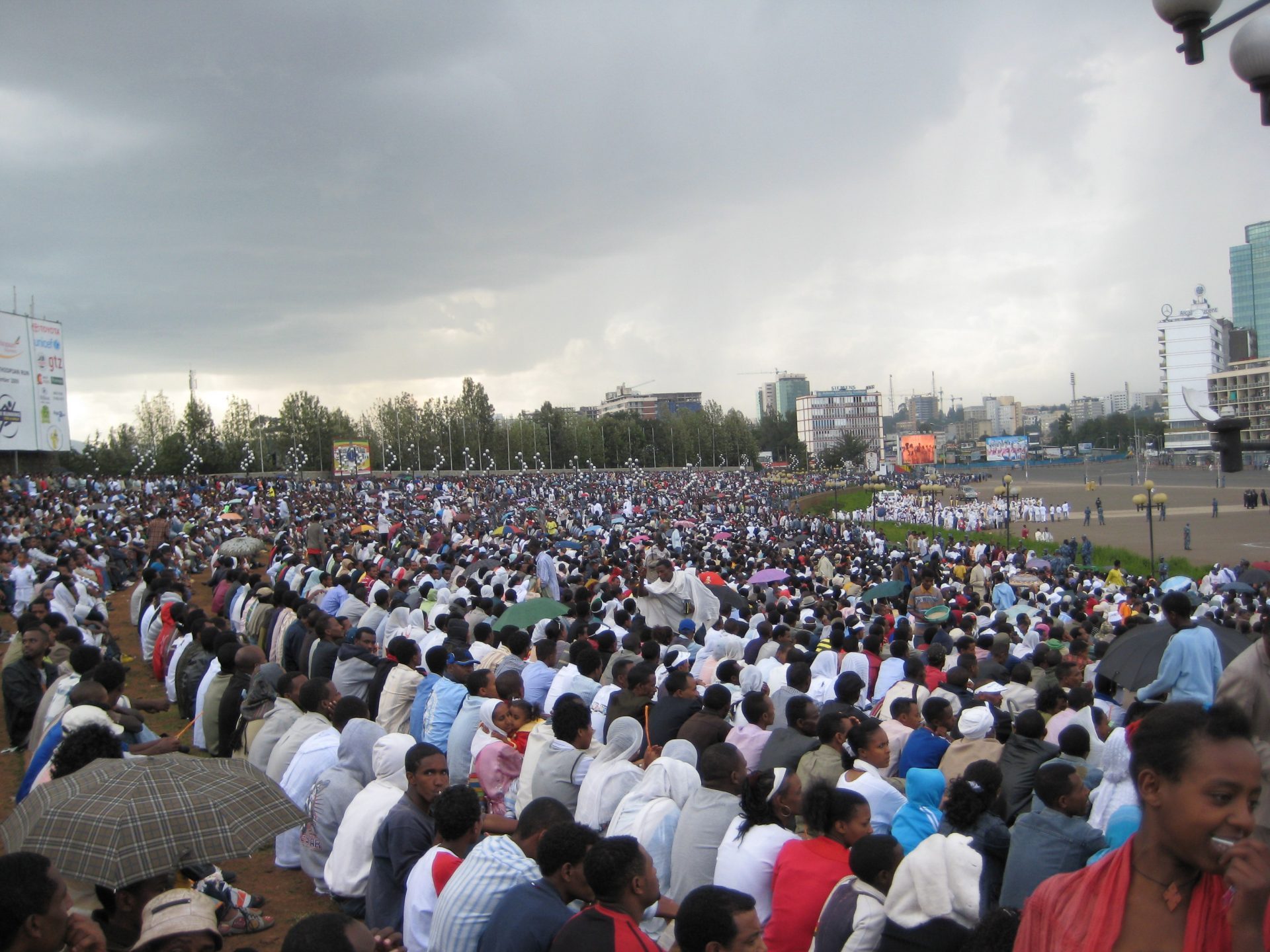
Crowded
Tens of thousands of people. Lots of police officers and military. Public speeches and people dressed in traditional clothes.
A huge bonfire, or Demera, in the middle of the square, and thousands of handheld candles lit at once. Meskel was both fascinating and beautiful.
Pickpockets
The only little drawback was that there were not that many tourists visiting. This made our presence very interesting to certain elements of the crowd, namely sneaky little thieves.
I tried to be as observant as I could as our guide had warned us and looked out for pickpockets. As there was such a large crowd it was hard to see everything that was going on around us and at the same time watch the celebrations.
It did not take that long before a guy got close to my not-so-observant brother and tried to steal his belt bag. He managed to open the zipper of the bag before our own Ethiopian Kevin Costner saw what was going on.
Mr. Costner gave the pickpocket such a hard slap in the face that it echoed all over the square. The humiliated little bandit ran away as fast as he could with a rosy looking hand engravement on his left cheek…
Some children are luckier than others
As my parents had been sponsoring a girl at the Addis Ababa SOS Children’s Village for many years we wanted to go to there and have a look and say hi.
Visiting the village was one of the highlights of our trip! It was great to see that some contribution systems sometimes work as they are supposed to.
Seven villages
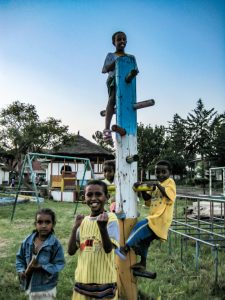 Children that for some reason are no longer able to live with their own parents get a chance of getting a new loving family in the care of the SOS Children’s Villages.
Children that for some reason are no longer able to live with their own parents get a chance of getting a new loving family in the care of the SOS Children’s Villages.
In their village families they get the support, love and training that they need until they are old enough to take care of themselves independently. In Ethiopia alone there are seven Children’s Villages, around the world there is a total of 118.
If you want to become a sponsor yourself and help contributing to a child getting a loving home and a better childhood, visit SOS Children’s Village International. It does actually make a difference.
Grandpa
Before leaving Addis we also visit my grandfathers grave. He lies in a cemetery quite close to the city center.
The cemetery itself looked a bit worn but it was peaceful and had big pine trees that cast their shadows over the old stone graves. I thought it was going to be impossible to find the right spot but it did not take too long before we found him.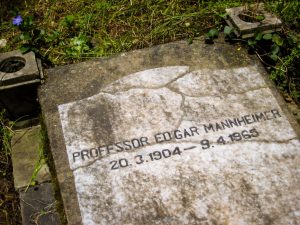
It felt good, and a bit surreal, to finally come here and read his name on the gravestone. Somehow they managed to misspell his title, which made me kind of smile. Africa is Africa…
We removed a few weeds and tall grass around the grave and then spent some moments in silence, reflecting on life as it is.
After a while my mother got attacked by some angry ants that climbed up her legs and bit her. This was apparently the signal that it was time to say goodbye for now.
A bit sad, but mainly happy, we took a final look at my grandfathers last resting place before we walked away.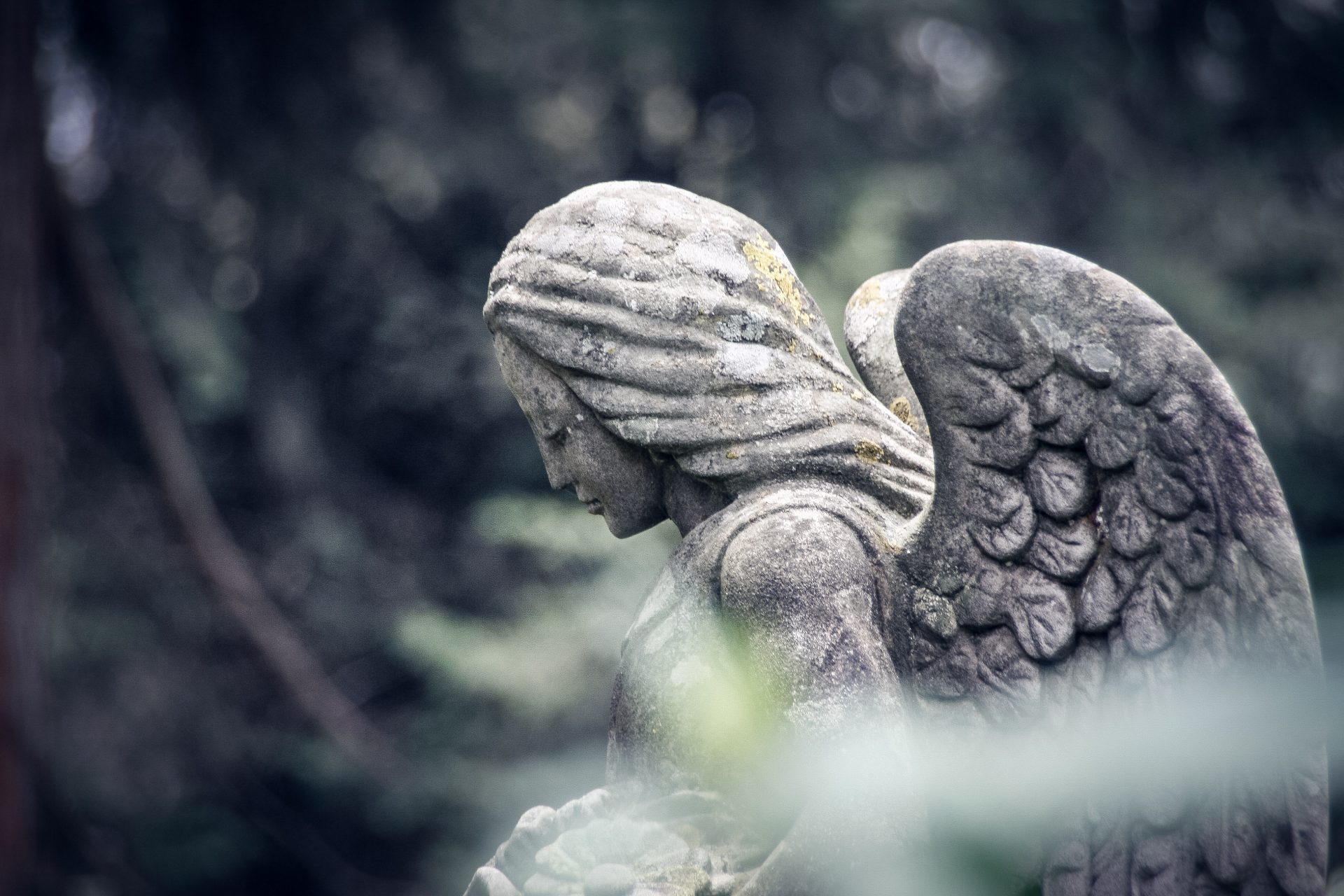
Time to go south
The next day we got picked up at our hotel by our local driver Brook. He spoke excellent English and was going to drive us around for the coming week. Everyone squeezed into the surprisingly big 4×4 jeep and the bags that did not fit inside the car were put up on the roof rack.
Leaving the busy streets of Addis behind us felt good. It was nice to travel on our own as we could stop wherever we wanted to.
We passed the Koka Dam, where we took a short break, before continuing the drive to our lunch-stop at Lake Zeway. When the family was fed we got down to the lake for a short bird watching visit and we saw some ugly but cool Marabou storks.
The birdlife is amazing in Ethiopia and it is easy to understand why it is such a popular destination for birdwatchers.
Bishangari
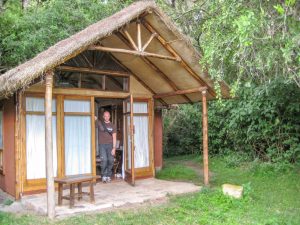 We continued towards Lake Lagano and the Bishangari Lodge where we would spend the night.
We continued towards Lake Lagano and the Bishangari Lodge where we would spend the night.
Arriving late meant that we all were quite tired after spending the whole day on the road. Luckily we got upgraded to a modern gojo instead of the tukul that we had first booked.
A tukul is best described as a traditional cone-shaped hut made of mud. The gojo is a slightly more luxurious small house/cottage with windows facing the lake.
What does a hippo sound like?
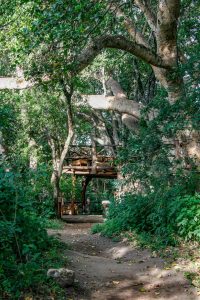 The lodge setting was special, with a tree bar and lots of wildlife roaming around free in the area.
The lodge setting was special, with a tree bar and lots of wildlife roaming around free in the area.
Guereza monkeys and baboons screaming in the trees above and hippos close to the water sounding like a mix of a cow and a pig.
We went on a evening walk on a nearby meadow where we met some kids and an elderly gentleman shepherd/cowherd.
The sunset over the meadow and lake was beautiful.
Full moon
Later that night we decided to go down to the lake for a full moon swim. The lake was calm and the moon cast its light across its surface, illuminating it in a soft blue-gray color.
My brother, father and I took quick dip while the others stayed on the beach observing, so that we were not ambushed by any sneaky hippos. (This was one of those travel moments that gets stuck in your memory for a long time…)
Bishangari was overall a lovely eco-lodge with fantastic surroundings. Be aware though, the baboons start early in the morning so if you value your sleep, bring some earplugs. 😊
Abidjatta-Shalla
The Abidjatta-Shalla National Park and Hora Aribata (Lake Hora) were on the itinerary the next day.
When we entered the park we spotted some gazelles and warthogs and a lot of birds before we stopped and got out of the car. It was a hot outside!
Earth energy
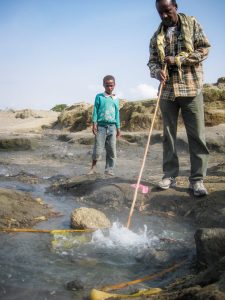 Some parts of Ethiopia have intense geothermal activity and Adjatta-Shalla is one of these spots.
Some parts of Ethiopia have intense geothermal activity and Adjatta-Shalla is one of these spots.
It is located some 200 km south of Addis Ababa and it is a unusual landscape that surrounds the area.
The bubbling hot water coming from the thermal springs spreads a subtle sulphur smelling fume along the shoreline.
Flamingoes and other bird species thrive in this climate and again we spotted all kinds of different beautiful birds.
Too hot to swim
Brook, our driver and guide, took us for a walk and showed us a grassy oasis full of palm trees.

He suggested that we should take a swim in the hot water thermal pools in the middle of the oasis.
Given the fact that the outside temperature was closer to 38 °C (100 °F), none of us accepted the offer.
Brook on the other hand did not hesitate and went swimming. Quite mad, as the water must have been closer to boiling than freezing.
Rift Valley
The Abidjatta-Shalla National Park is part of the Great Rift Valley. It runs all the way from the Red Sea in the north to Mozambique’s Zambezi Valley in the south, more than 6,000 kilometers (3,700 miles) in total.
Shashemene
Shashemene, the reggae town that I thought could be cool in some unknown way, turned out to be nothing special.
We passed it on the way to Awasa. Perhaps we should have stayed a couple of hours to really give it a chance to show us that it was a bit like Jamaica, but I´m kind of glad that we kept going.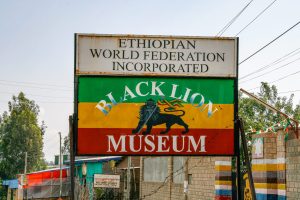
I have no idea why I had the feeling of it being a light version of Reggae heaven, with Rastafari men standing next to the road playing No Woman No Cry. I got disappointed without a reason.
In case you do deside to stay longer than we did they have a Rastafari Museum that is supposed to be decent enough to pay a visit.
Into the greenery
We kept driving south towards Wondo Genet, a resort town up in the hills.
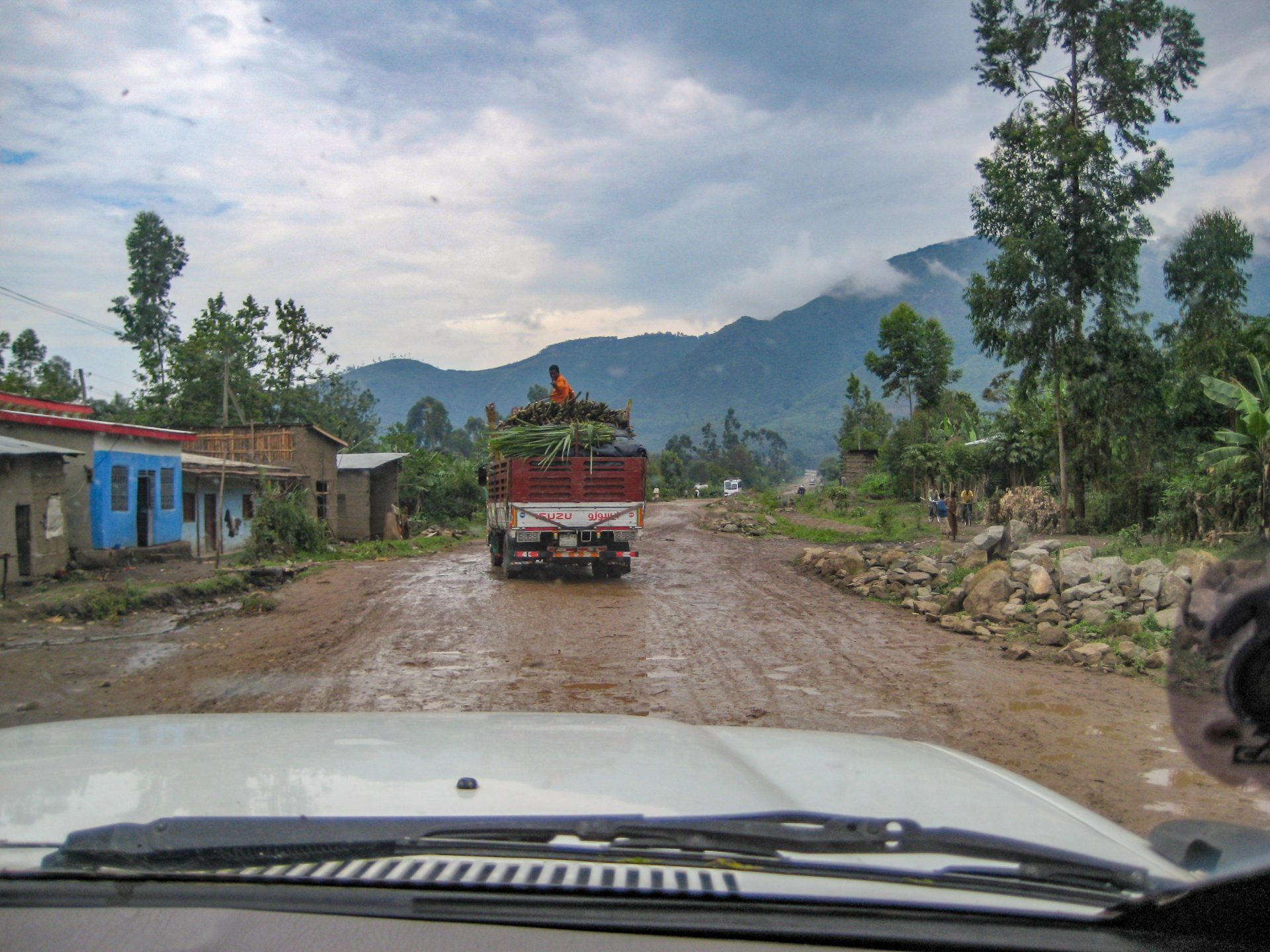 The roads where muddy as it had been raining. Banana, coffee and corn plantations suddenly started to show up as the vegetation got greener and greener the higher up we drove.
The roads where muddy as it had been raining. Banana, coffee and corn plantations suddenly started to show up as the vegetation got greener and greener the higher up we drove.
Wondo Genet used to be a recreational getaway for the Ethiopian royal family. Nowadays it has somewhat lost its golden glory.
The name Wondo Genet means “Green Heaven”, and green it is.
We had a picknick lunch on the resort lawn before we decided to skip the days second chance of a hot spring bath. Instead we left and headed for Lake Awasa and their famous fish market.
Khat
Before getting out of the jungle we stopped briefly as I had seen large fields of Khat. Young men were sitting here and there next to the road selling bundles of this green psychotropic leaf.
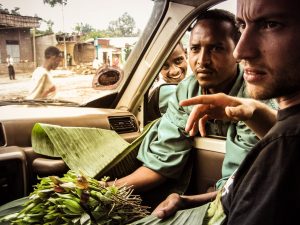 They immediately came to our car and asked if we wanted to buy some. We kindly declined.
They immediately came to our car and asked if we wanted to buy some. We kindly declined.
I was somewhat surprised that the usage of Khat seemed to be that widespread in Ethiopia. I guess the reason for this is that it is a lot more lucrative than selling corn.
During my previous job in law enforcement I met a lot of Somalis that used the drug, but hardly ever any Ethiopians. Recent studies though, have shown that close to 50% of Ethiopia’s youth are now consuming Khat.
Maybe something for the Ethiopian authorities to react on, even if Khat is still considered legal and is a huge source of income for the government… (Money rules over logic and common sense, as always.)
Going Dory
Seemingly I lost my memory after this as I cannot remember how we then got down to Lake Awasa. (While writing this post that is.)
Neither can I remember what our accommodation looked like. Despite my sudden blackout, I think that it was a nice hotel down by the lake. (What else could it have been?)
And no, the cause of my short term memory loss was not some green, happy leaves. I clearly have the PTTD, post traumatic travel disorder 😊
Paljon onnea vaan!
My mother had her birthday the next day. Some “Happy birthday’s” and speeches later we finished breakfast and went to see the Awasa fish market. It was still quite early in the morning but the fish trading was already in full swing.
Unexpectedly there were mostly small fish for sale. Apparently the fresh water lakes are either overfished or they hold only certain smaller fish specimens.
Either way, it was great fun walking around the commerce. The birds looked like they enjoyed it too as the shore was filled with Marabou storks and large white pelicans.
A day in the car
The drive to Awash National Park was a long one. Stopping briefly in Nazret for some strong Ethiopian coffee and a soda, while Brook made some grocery shopping, was a relief for the back, and butt.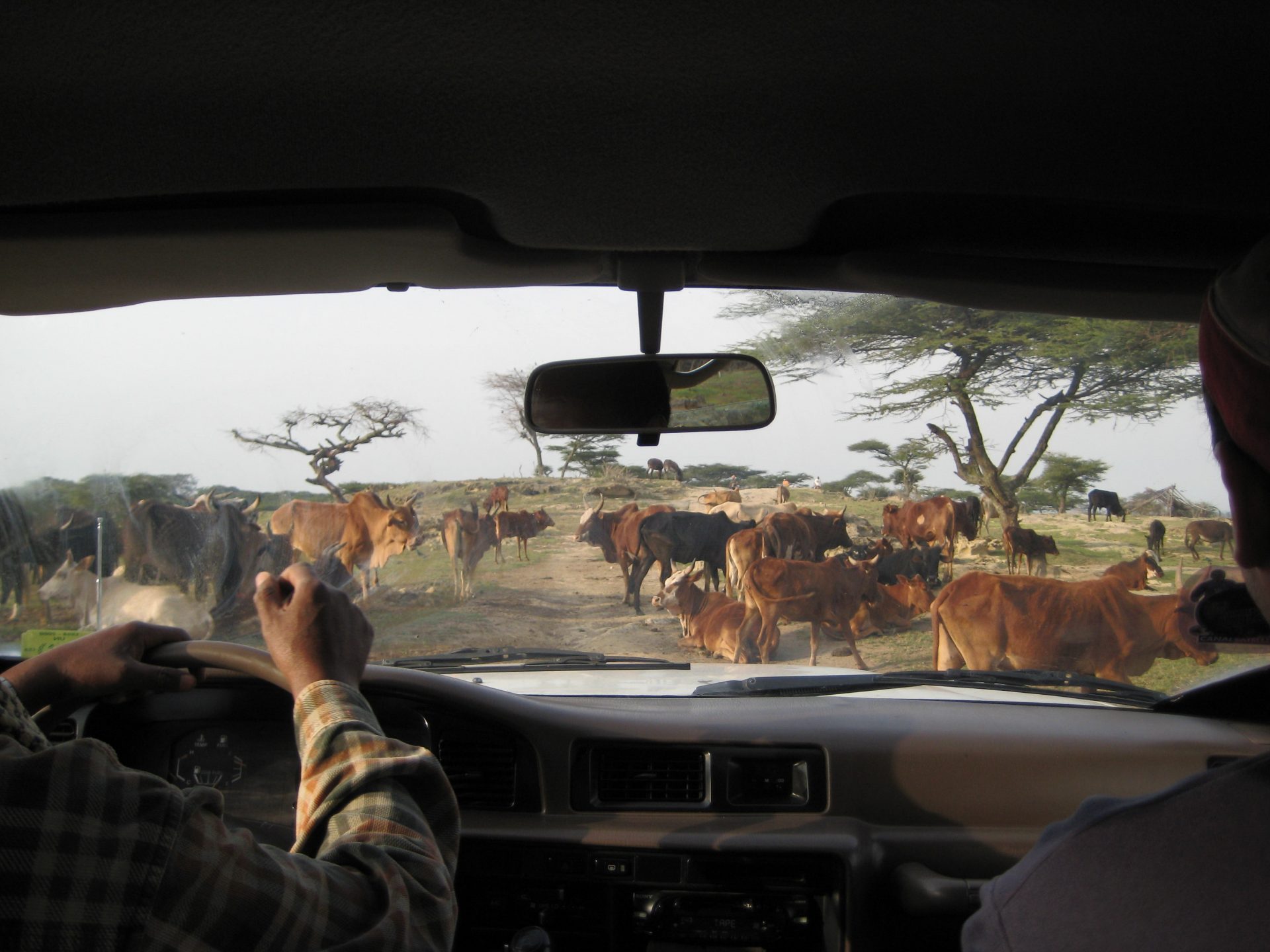
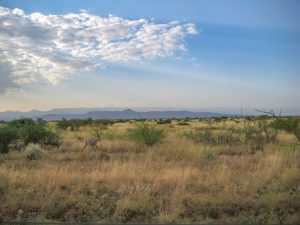
Being one of Ethiopia’s most visited parks, Awash National Park is located 220 km (137 miles) east of Addis Ababa. It covers roughly 756 square kilometers (292 sq mi) and is dominated by savannah vegetation.
The park wildlife does not come near some of Africa’s most famous national parks but there is still a lot to see.
Oryxes, gazelles, kudus, baboons, warthogs and dik-diks are some of the animals most frequently spotted, but occasionally there are both lions, leopards and servals in the area.
Volcanoes and waterfalls
Awash River runs north to south through the national park and along its river banks you can find both crocodiles and hippos.
We visited Awash Falls and the volcanic landscape surrounding the Fantale crater in the west end of the park before it was time to make the final drive back to Addis again.
Time to go
Our last two days were spent in the city. We had dinner with an old Greek childhood friend of my father and did some final shopping.
My parents tried to visit the house where my father used to live. But the house was now within the premises of an army hospital and they were not granted access to the area which of course was very disappointing.
Nevertheless, the overall summary of our trip was fantastic. In ten days we had been able to see so many things and places that was both new to us and had a history connected to my father’s life there, 50 years ago.
It does not come as much of a surprise that Ethiopia was listed by Lonely Planet as the number one place to go in Africa in 2017. We would love to come back again someday.
What to see and do and other interesting facts about Ethiopia
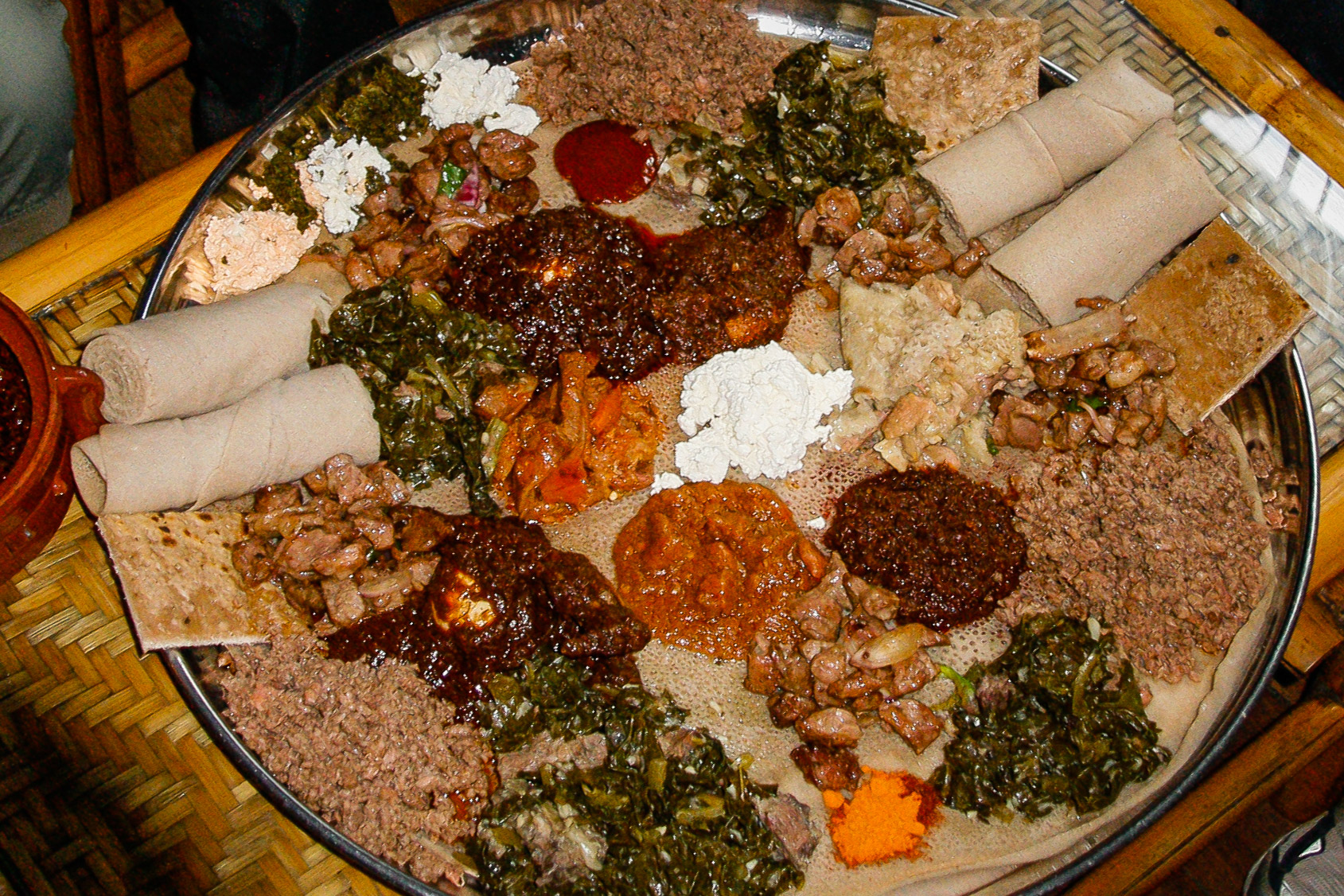 Try the traditional flatbread Injera. It is made of cereal grain, tef, and is used as both plate, food and cutlery. Remember to eat it with your right hand only as the left hand is considered unclean in Ethiopian culture.
Try the traditional flatbread Injera. It is made of cereal grain, tef, and is used as both plate, food and cutlery. Remember to eat it with your right hand only as the left hand is considered unclean in Ethiopian culture.
Coffee – Ethiopia has some of the best coffee in the world. A must if you are a coffee lover.
Lalibela – A World Heritage site with churches carved out straight from rock.
Simien Mountains – Gelada baboons and dramatic scenery.
The local currency is called Birr.
Amharic is the official language, but Oromo is the language most spoken. Ethiopia in fact has more than 80 spoken languages.
The most common religions are Orthodox Christian or Muslim.
Mursi women in the south have huge lip plates.
Visit the Omo Valley tribes.
“Thank you” in Amharic is pronounced “Ammasay-ge-NE-lo”. If that is too hard to remember, “Ishi” meaning “ok” can also be an informal “thanks”.
Best time to visit, Sept-April, during the dry season.
